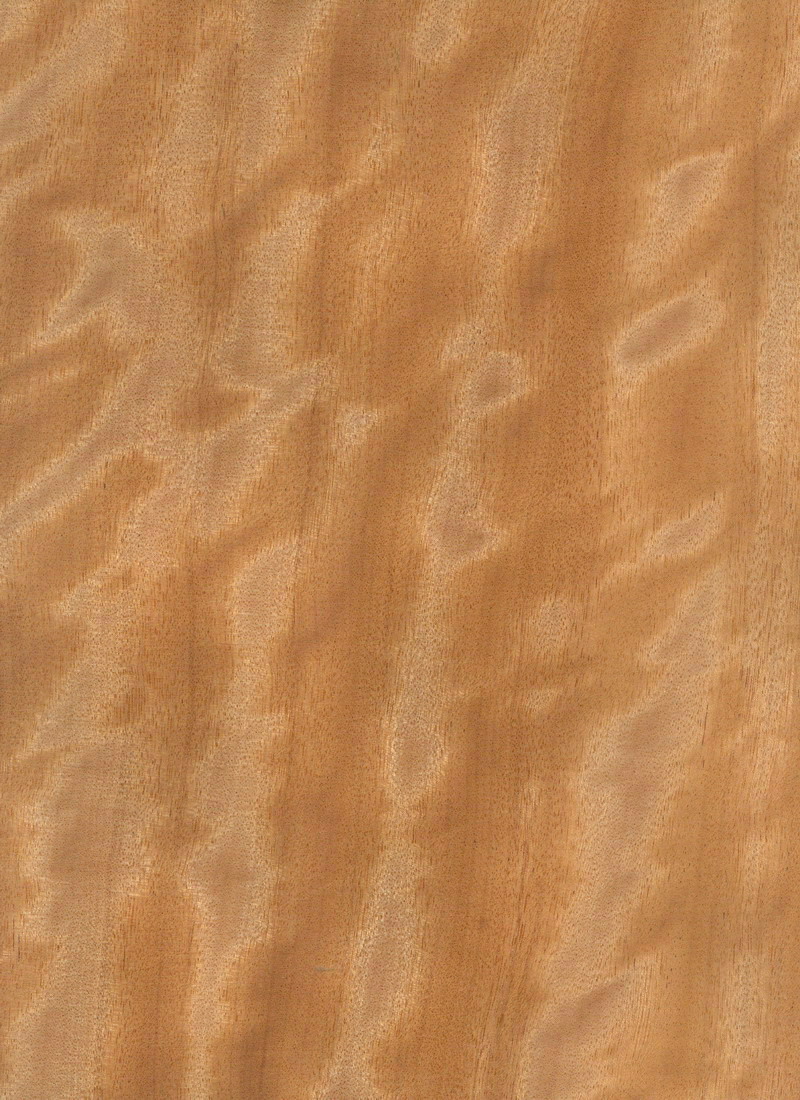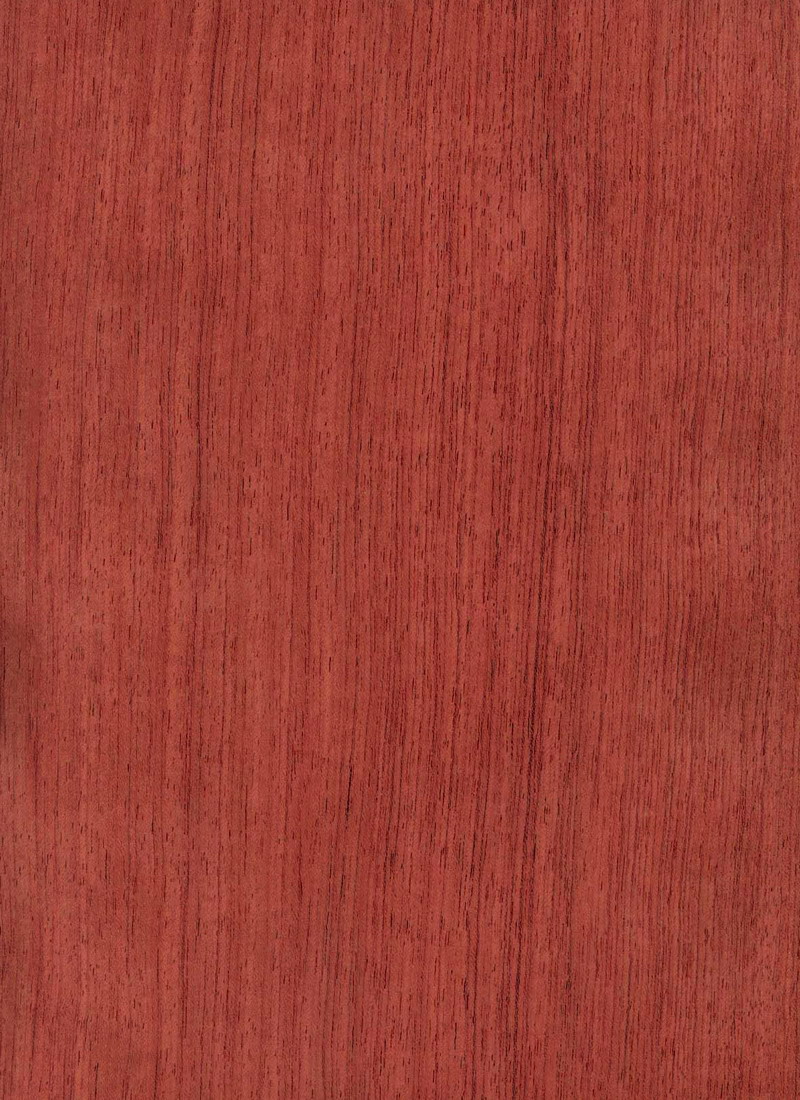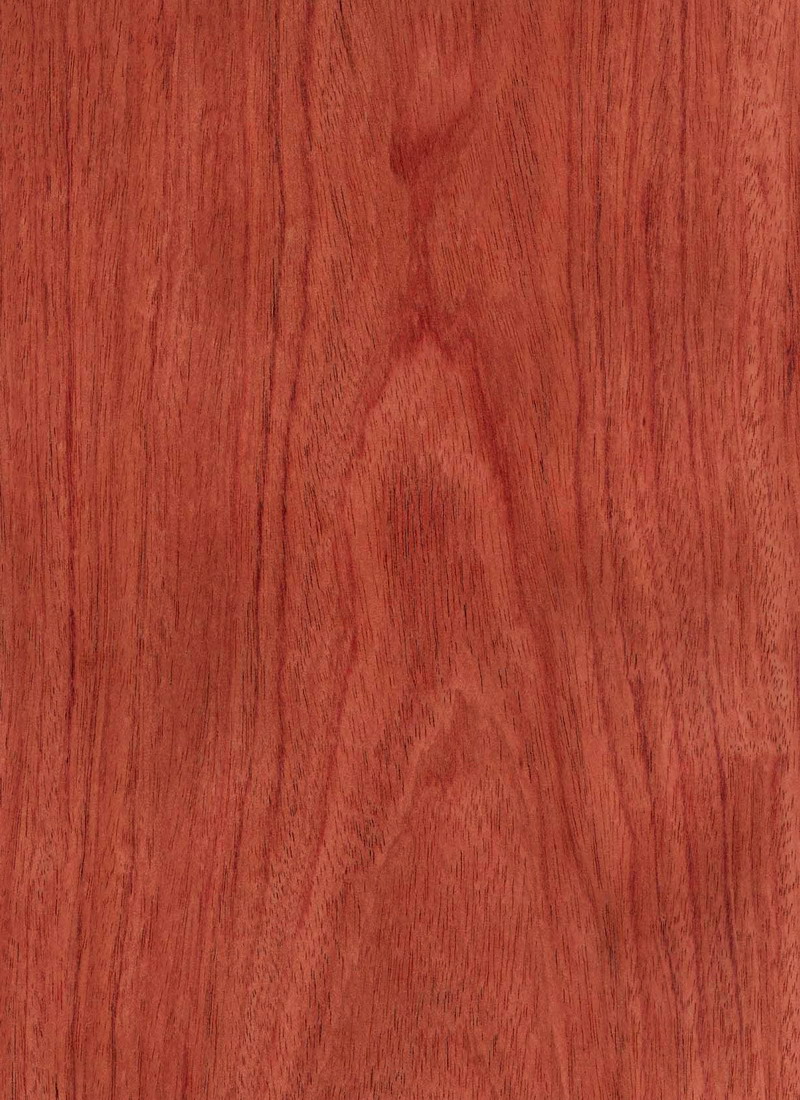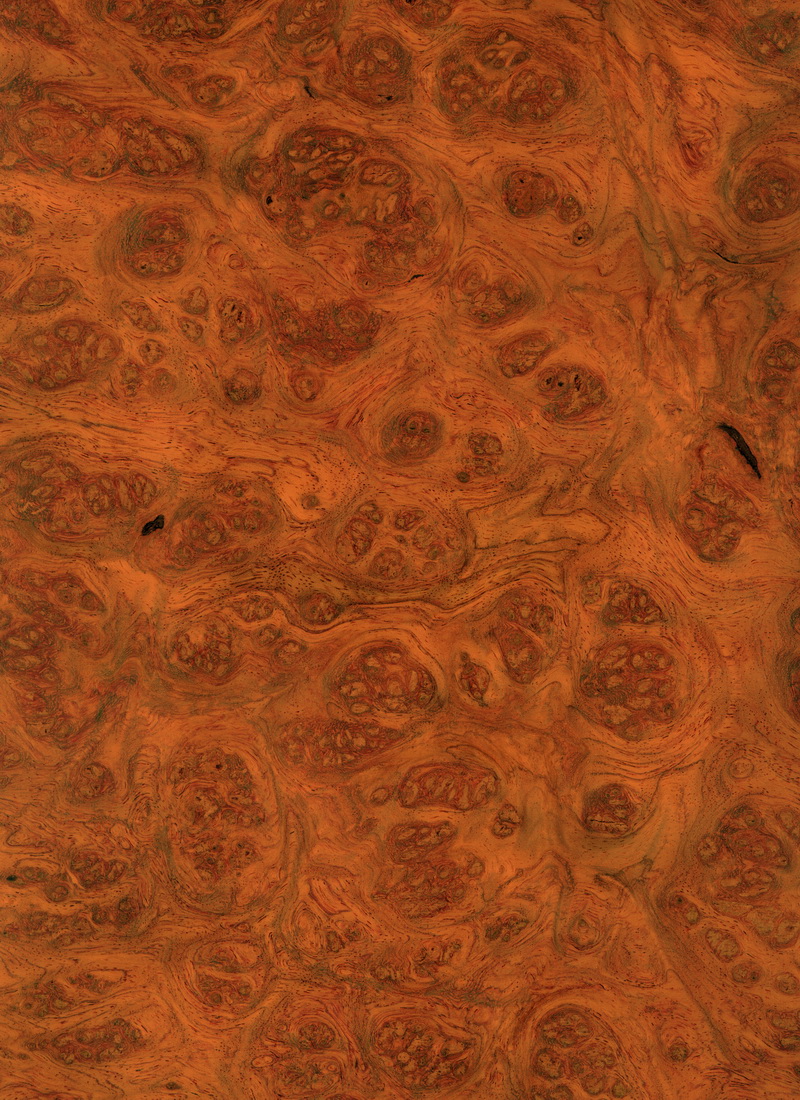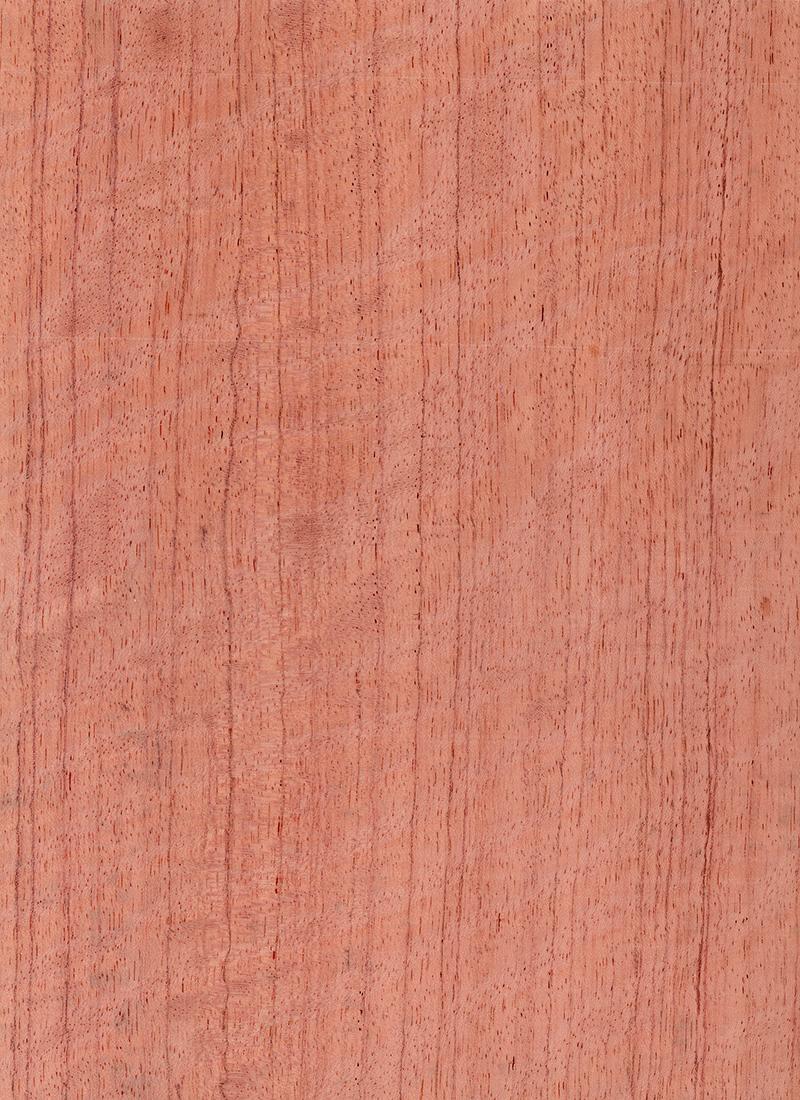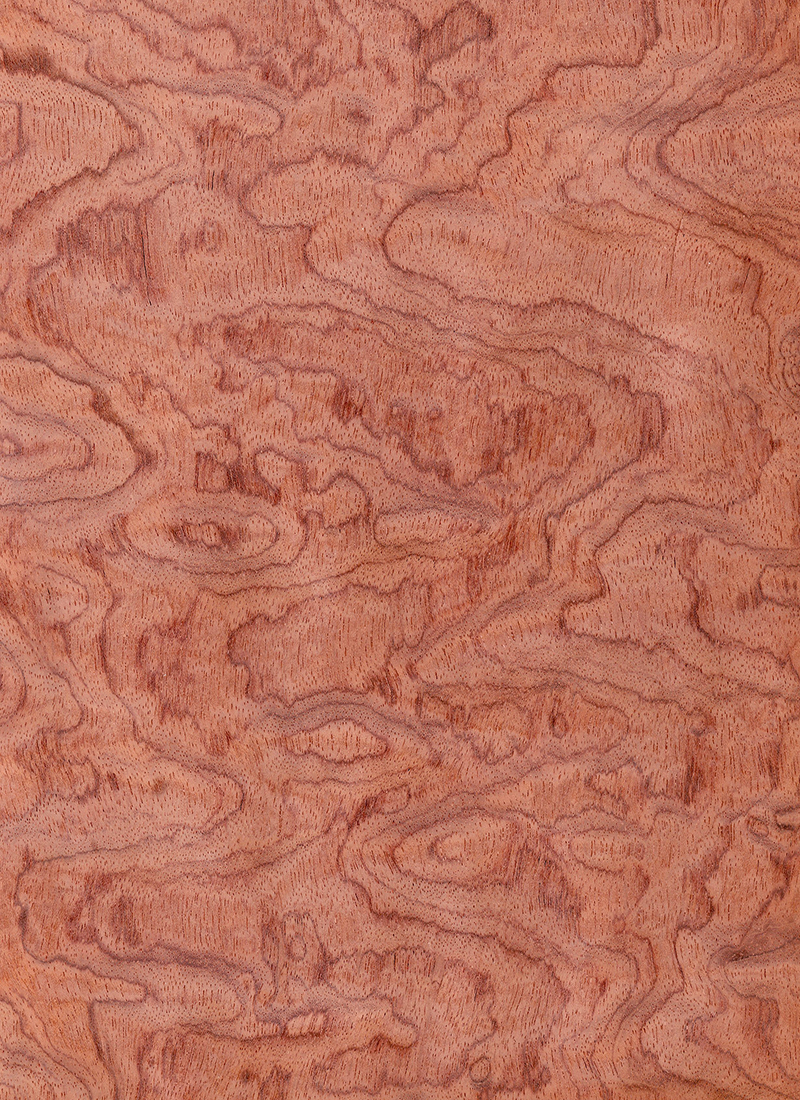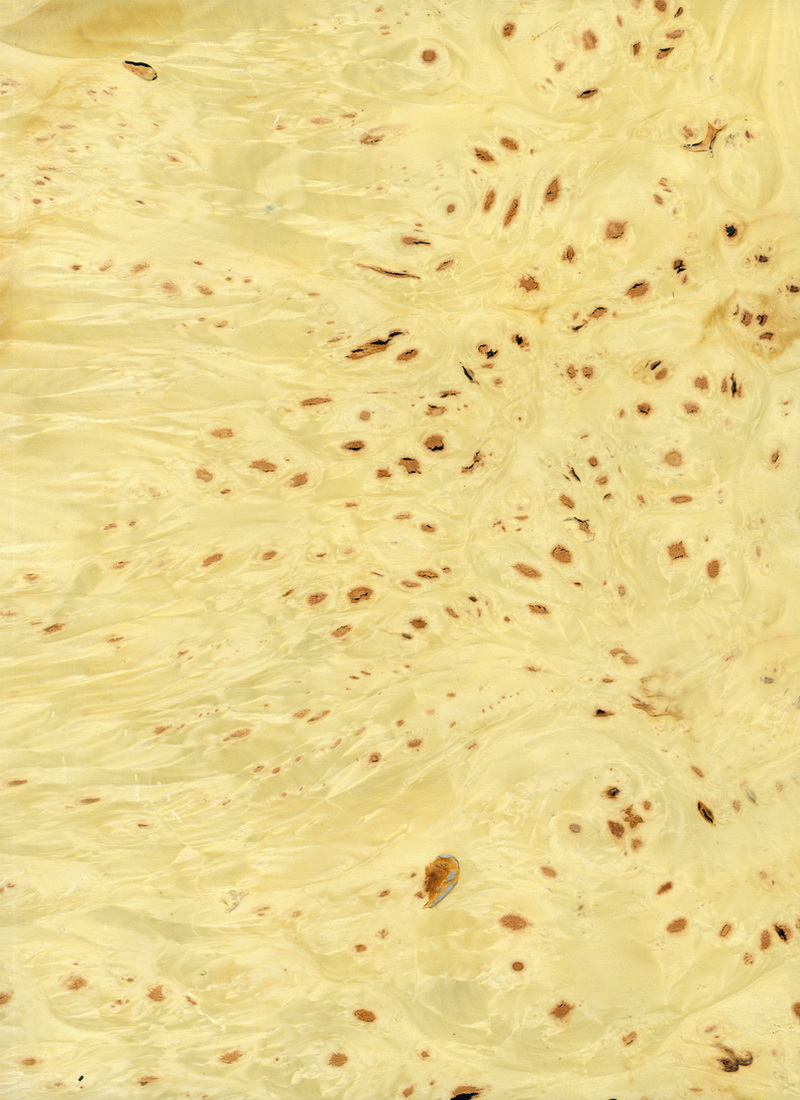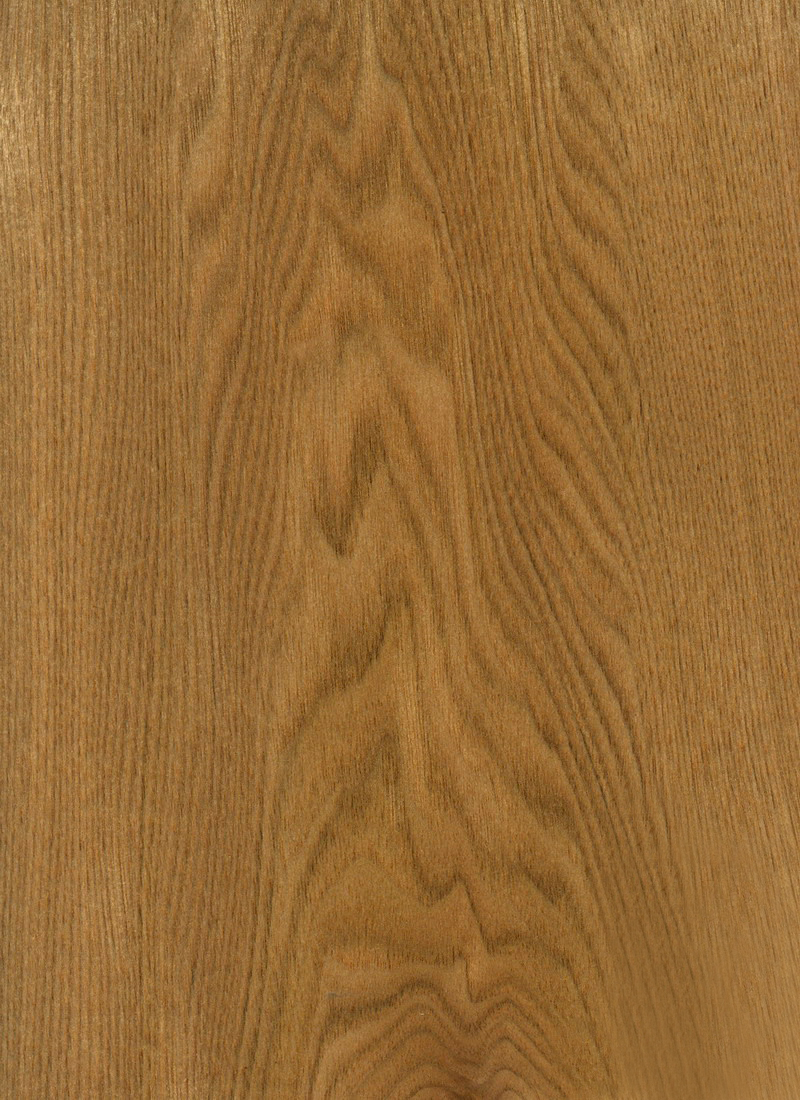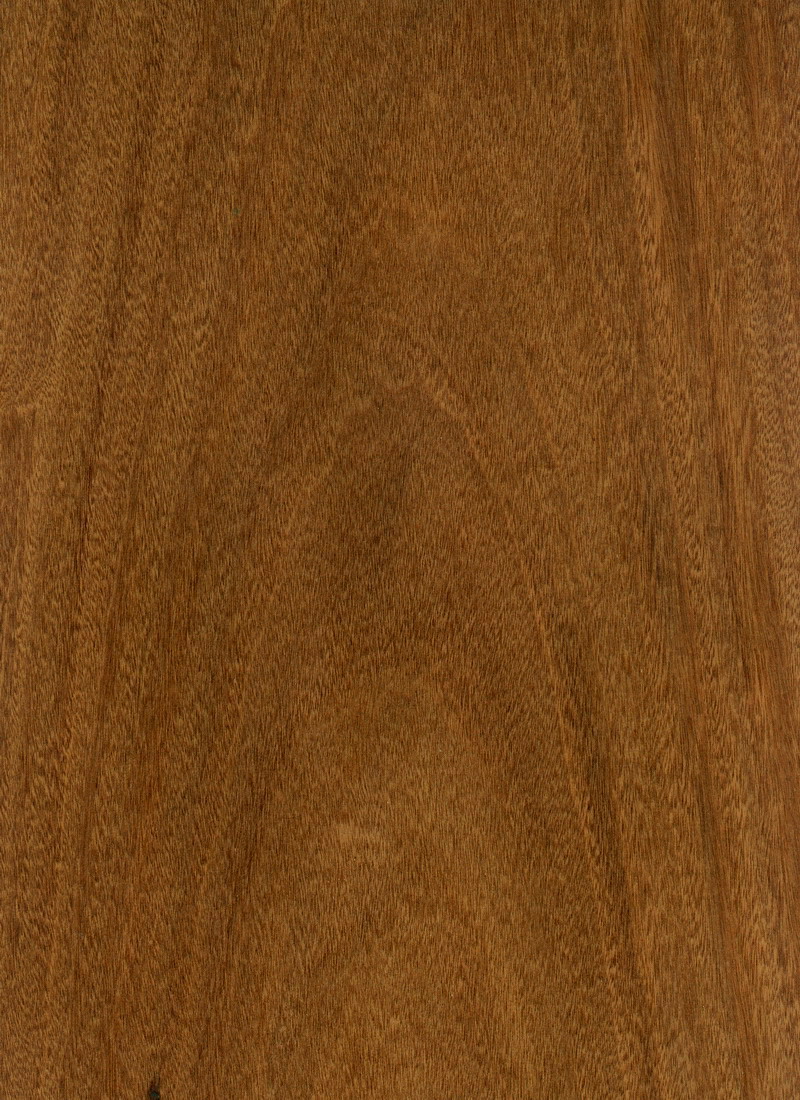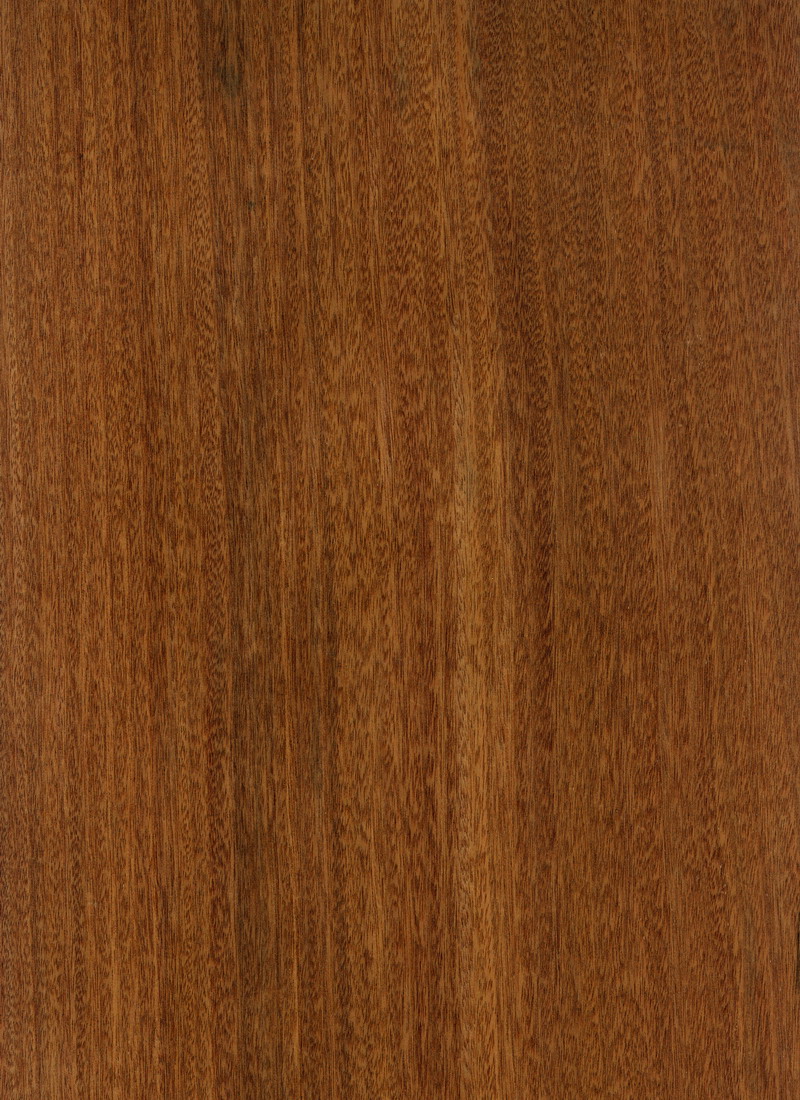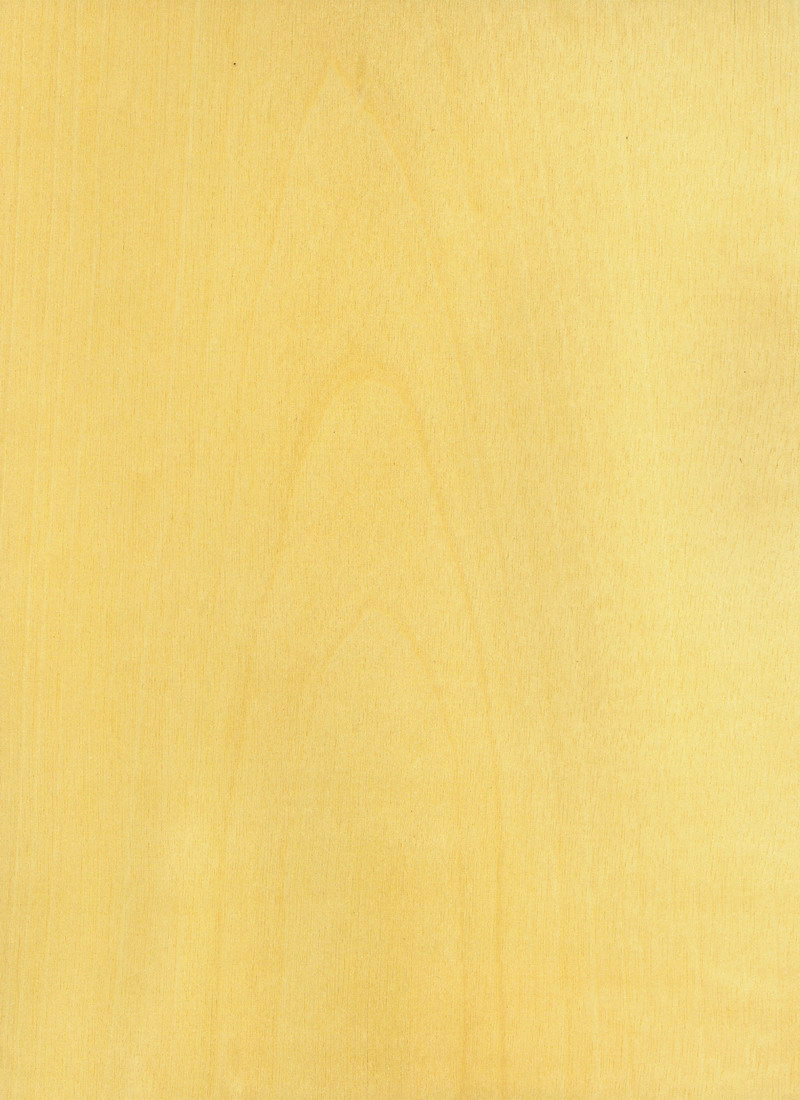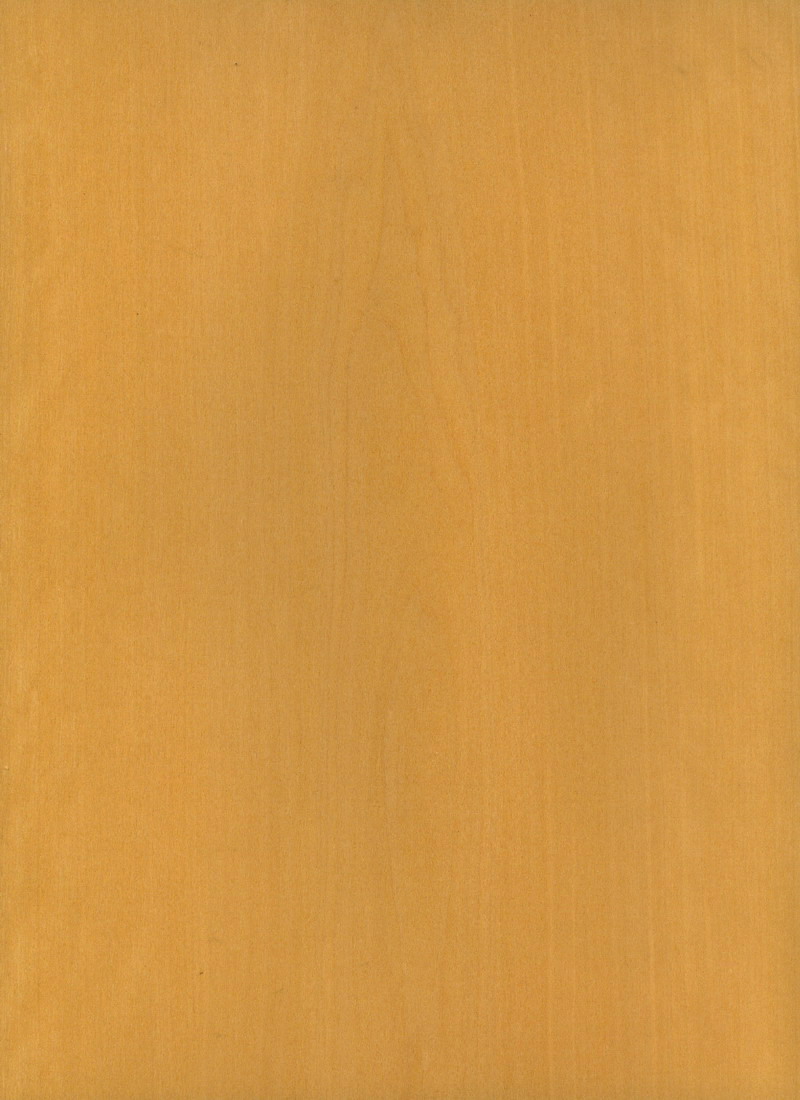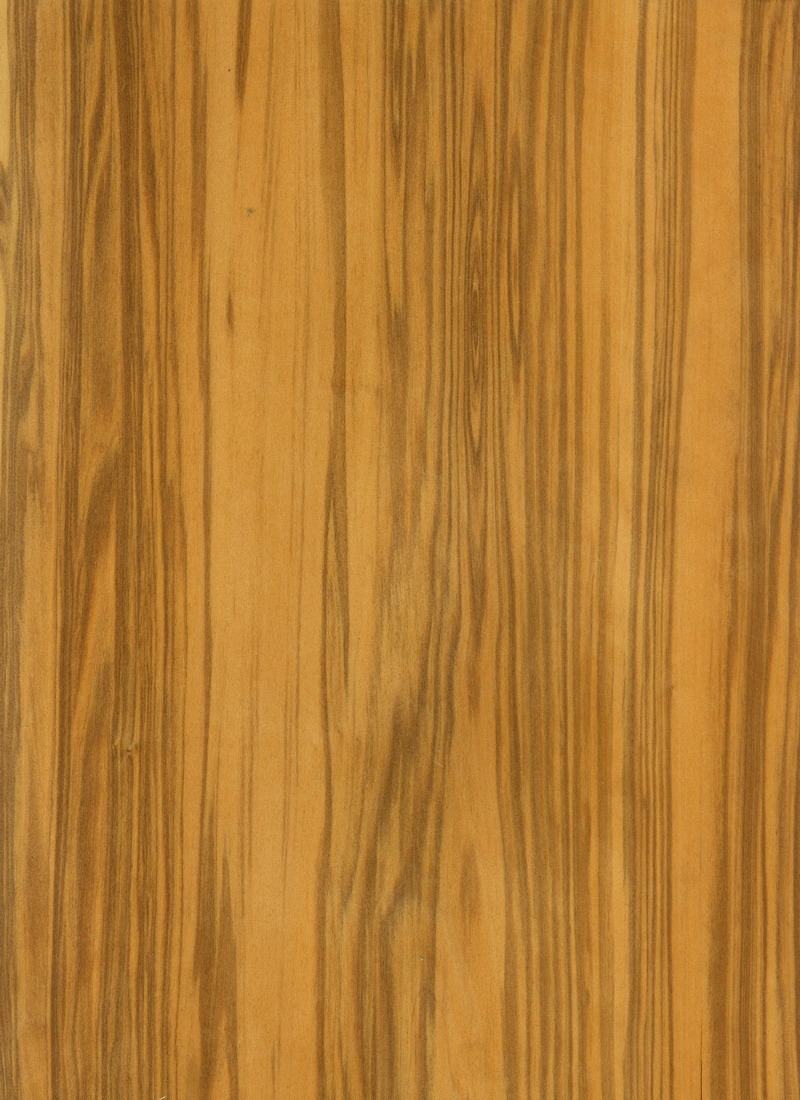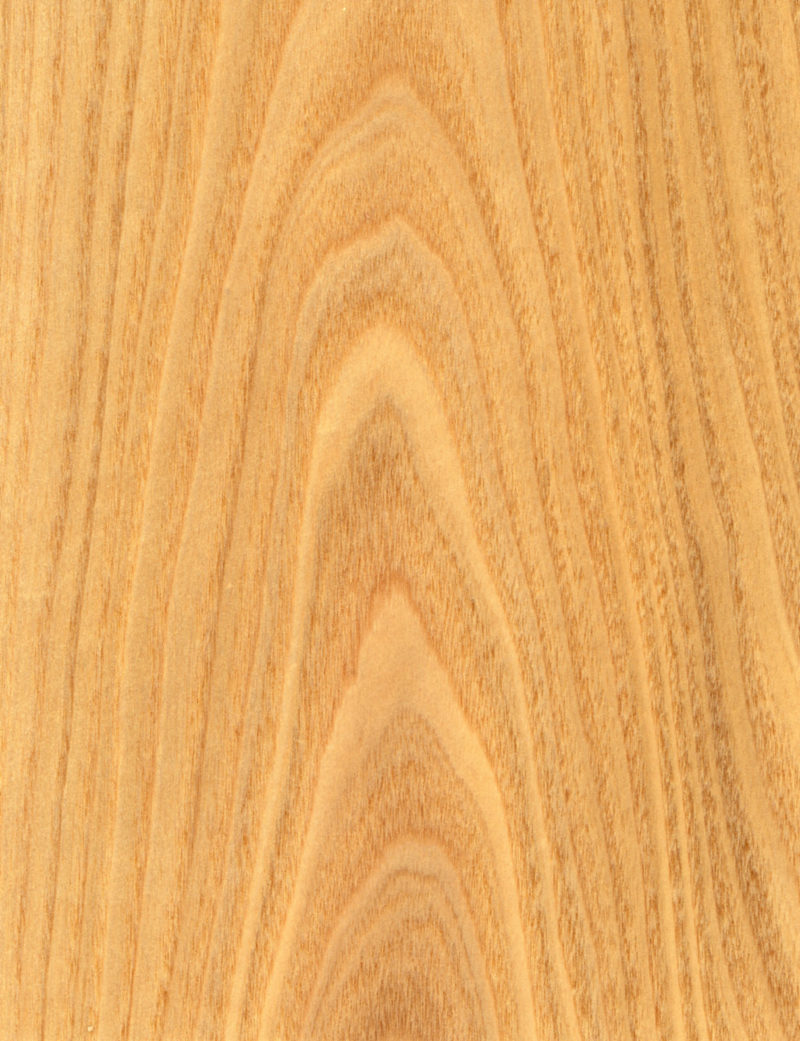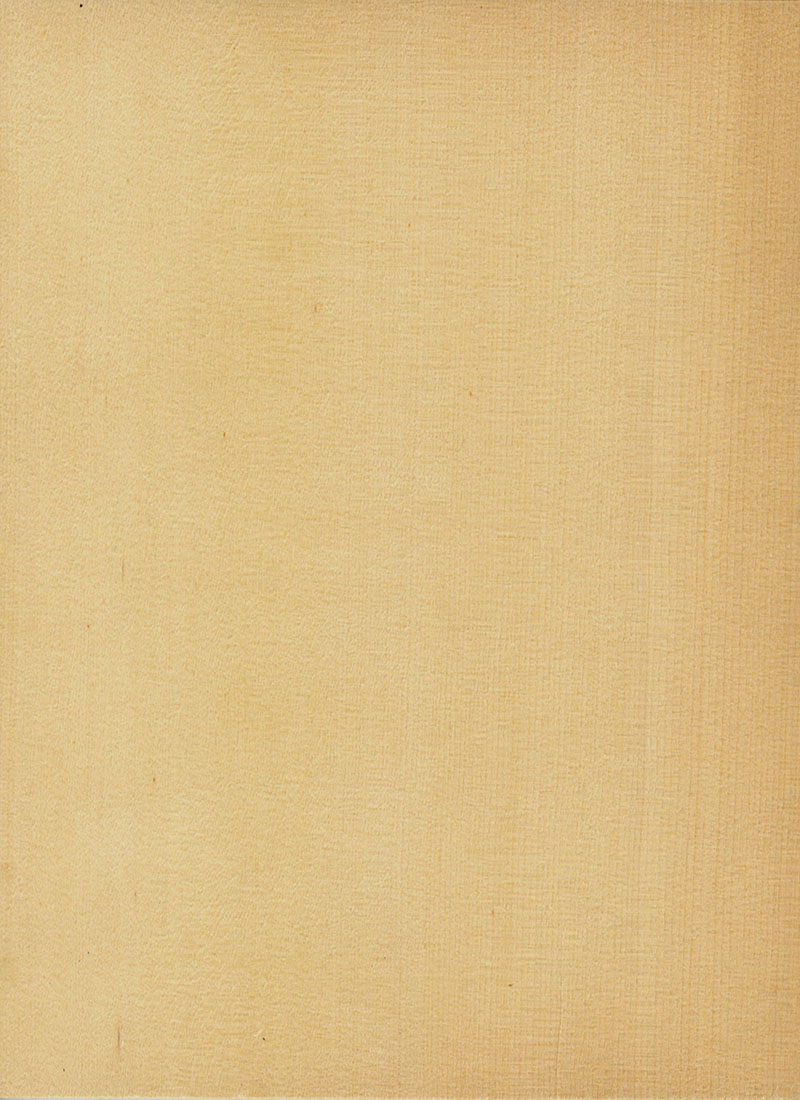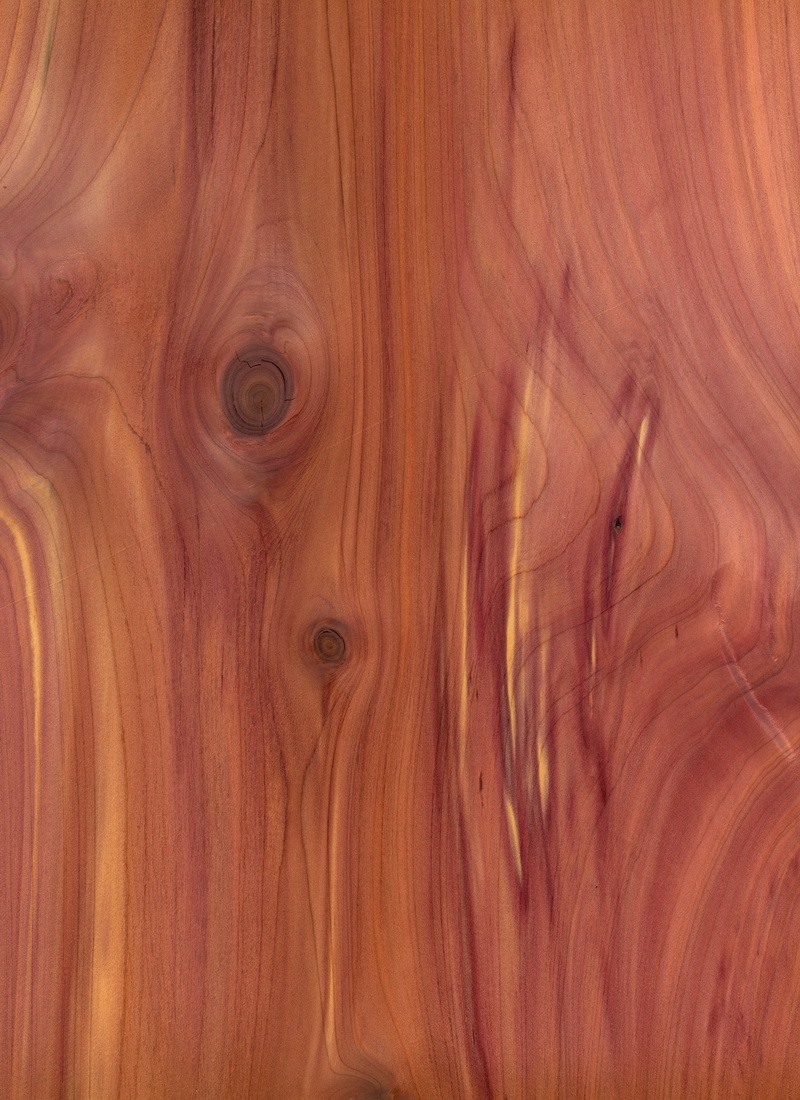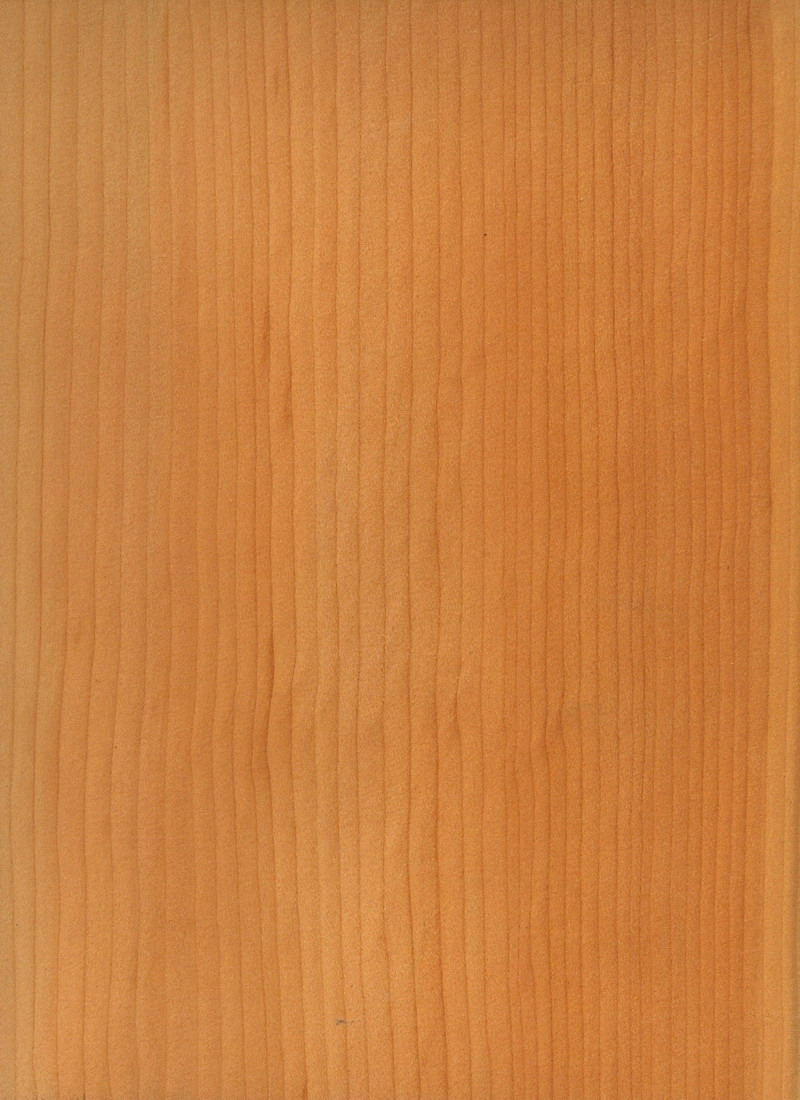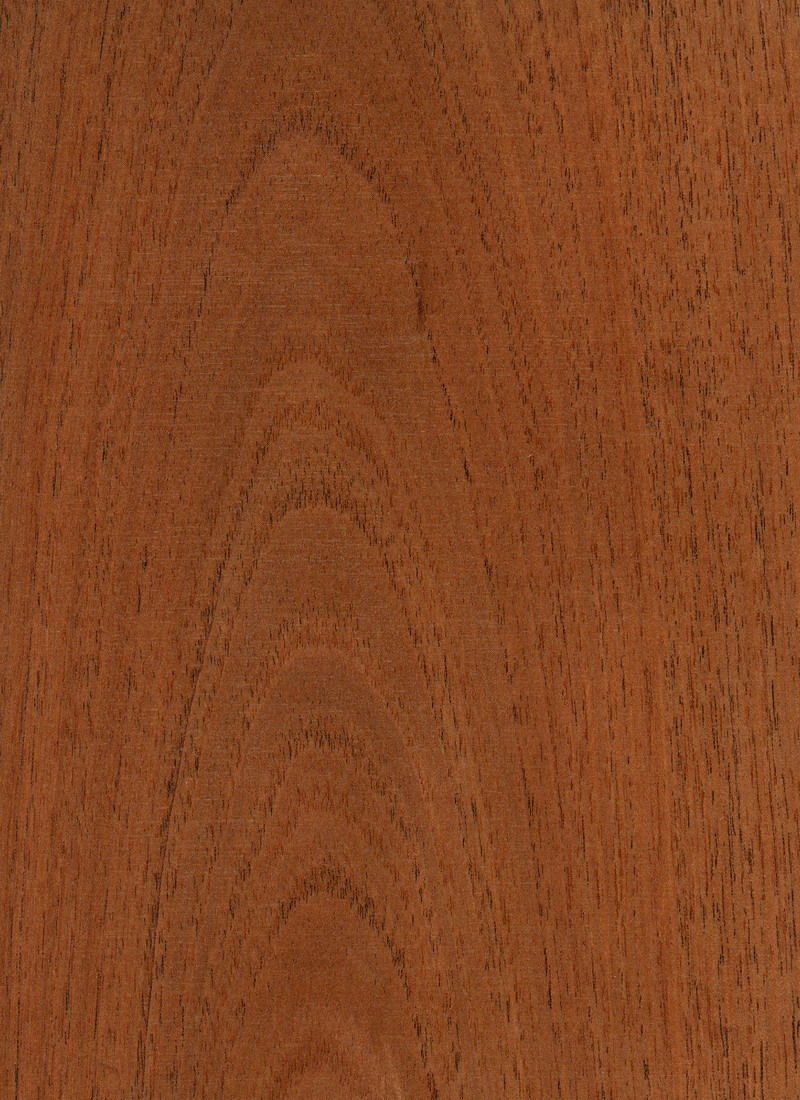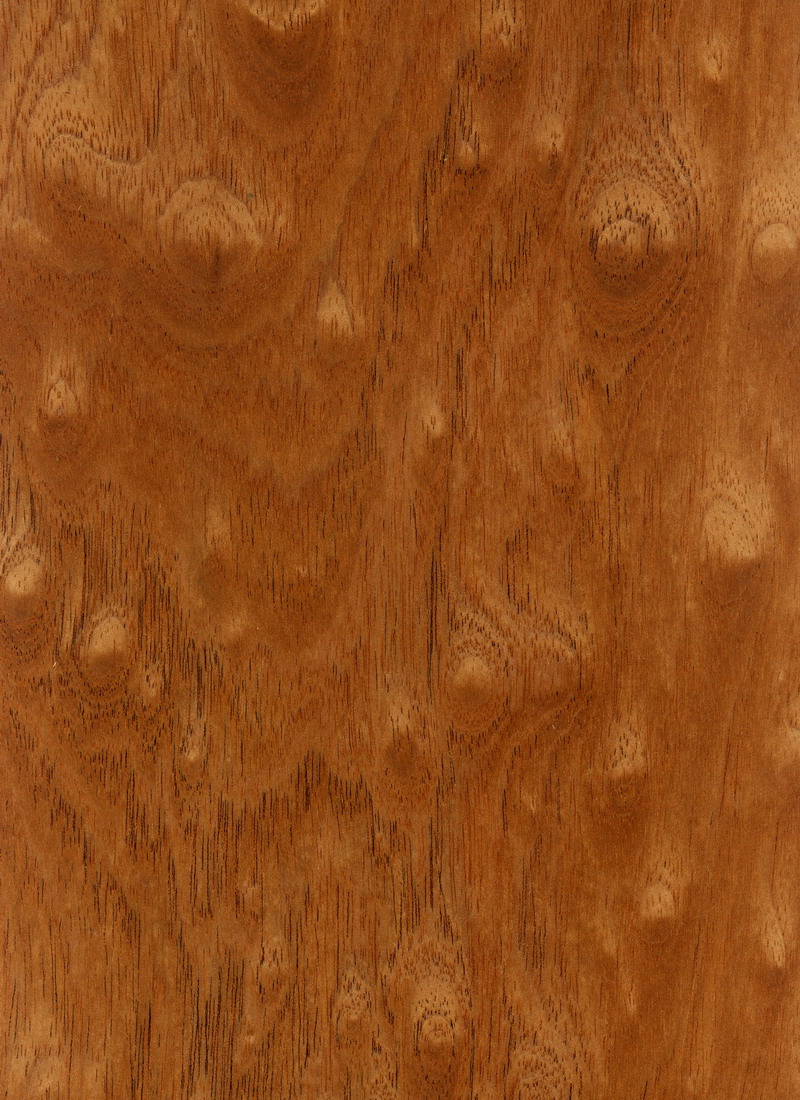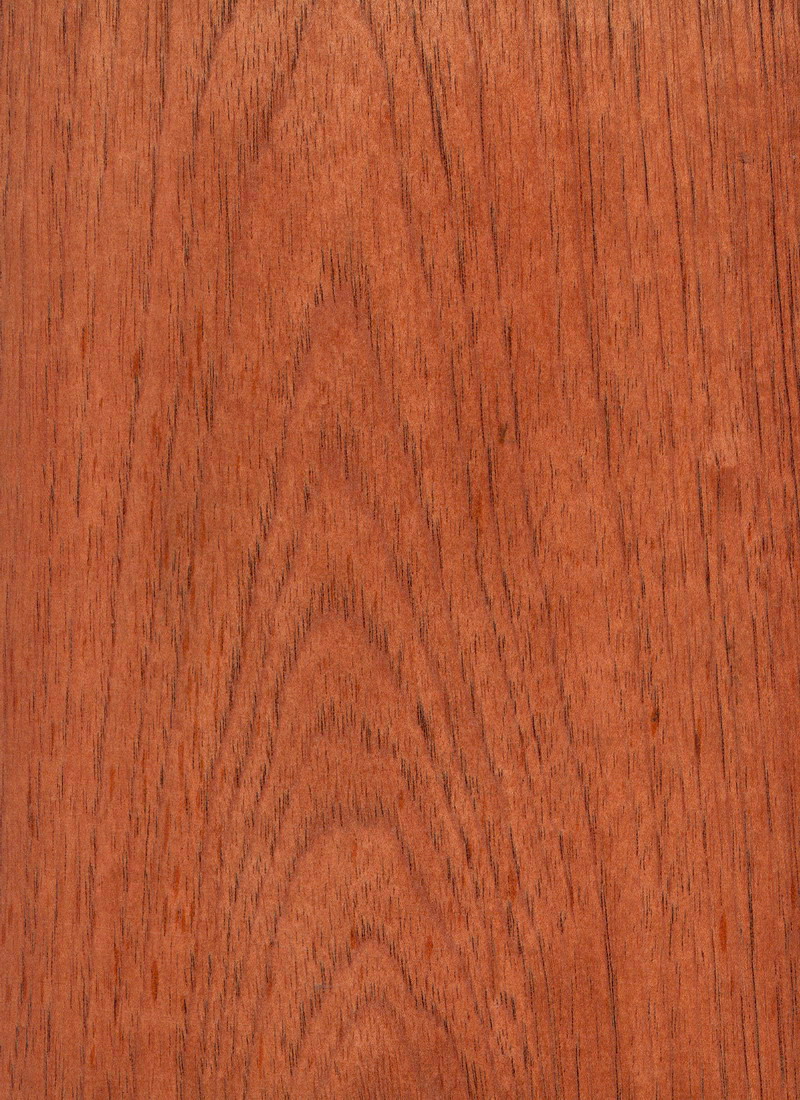Veneer Catalogue
-
 BOSSEx
BOSSExBOSSE
guarea cedrataBosse quarter cut wood veneer has block mottle figure. The heartwood is initially a pink brown hue. Bosse veneer darkens considerably upon light exposure to a more golden to medium brown. Its grain can be straight, wavy or interlocked.
Common Uses for Bosse Quarter Cut Wood Veneer with Block Mottle Figure: Millwork and architectural panels, in addition to cabinetry, doors, and furniture.
Other Name(s): Referred to as Pink Mahogany because the wood greatly resembles mahogany. Also sometimes called African Cedar due to the timber having a cedar scent.
The Tree: Native to Africa, often reaching a height of 160 feet with trunk diameters around 3-4 feet.
Region: Africa
[widget id="black-studio-tinymce-5"] -
 BOSSE POMMELEx
BOSSE POMMELExBOSSE POMMELE
guarea cedrataBosse pommele wood veneer is initially a pink brown hue. Bosse darkens considerably upon light exposure to a more golden to medium brown. Pommele is a small- to medium-sized blister figure.
Common Uses for Bosse Pommele Wood Veneer: Highly decorative. Uses include architectural panels, cabinetry, doors and high-end furniture, as well as yacht and aircraft interiors.
Other Name(s): Referred to as Pink Mahogany because the wood greatly resembles mahogany. Also sometimes called African Cedar due to the timber having a cedar scent.
The Tree: Native to Africa, often reaching a height of 160 feet with trunk diameters around 3-4 feet.
Region: Africa
[widget id="black-studio-tinymce-5"] -
 BUBINGAx
BUBINGAxBUBINGA
guibourtia tessmanniiBubinga quarter cut wood veneer ranges from pink to vivid red, to reddish brown, with lighter red to purple veining. Straight grained or interlocked with a fine to medium texture.
Common Uses for Bubinga Quarter Cut Wood Veneer: Architectural panels, millwork, fine furniture and cabinetry, as well as yacht and aircraft interiors.
The Tree: Bubinga is a large tree that commonly exceeds 100 feet in height with a clear bole that is 30-60 feet long and 3 feet in diameter.
A Little History: Bubinga also can display a wide range of beautiful figures. Famed, pommele, and waterfall figures are available, which make this wood truly unique. Bubinga also has an exceptional strength-to-weight ratio.
Region: Africa
[widget id="black-studio-tinymce-5"] -
 BUBINGAx
BUBINGAxBUBINGA
guibourtia tessmanniiBubinga flat cut wood veneer ranges from pink to vivid red, to reddish brown, with lighter red to purple veining. Straight grained or interlocked with a fine to medium texture.
Common Uses for Bubinga Flat Cut Wood Veneer: Architectural panels, millwork, fine furniture and cabinetry, as well as yacht and aircraft interiors.
The Tree: Bubinga is a large tree that commonly exceeds 100 feet in height with a clear bole that is 30-60 feet long and 3 feet in diameter.
A Little History: Bubinga also can display a wide range of beautiful figures. Famed, pommele, and waterfall figures are available, which make this wood truly unique. Bubinga also has an exceptional strength-to-weight ratio.
Region: Africa
[widget id="black-studio-tinymce-5"] -
 BUBINGA BURLx
BUBINGA BURLxBUBINGA BURL
guibourtia tessmanniiBubinga burl wood veneer ranges from pink to vivid red, to reddish brown, with lighter red to purple veining. Straight grained or interlocked with a fine to medium texture.
Common Uses for Bubinga Burl Wood Veneer: Architectural panels, millwork, fine furniture and cabinetry, as well as yacht and aircraft interiors.
The Tree: Bubinga is a large tree that commonly exceeds 100 feet in height with a clear bole that is 30-60 feet long and 3 feet in diameter.
A Little History: Bubinga also can display a wide range of beautiful figures. Famed, pommele, and waterfall figures are available, which make this wood truly unique. Bubinga also has an exceptional strength-to-weight ratio.
Region: Africa
[widget id="black-studio-tinymce-5"] -
 BUBINGA FIGURED (FIDDLEBACK)x
BUBINGA FIGURED (FIDDLEBACK)xBUBINGA FIGURED (FIDDLEBACK)
guibourtia tessmanniiFiddleback figured Bubinga wood veneer ranges from pink to vivid red, to reddish brown, with lighter red to purple veining. Straight grained or interlocked with a fine to medium texture.
Common Uses for Fiddleback Figured Bubinga Wood Veneer: Architectural panels, millwork, fine furniture and cabinetry, as well as yacht and aircraft interiors.
The Tree: Bubinga is a large tree that commonly exceeds 100 feet in height with a clear bole that is 30-60 feet long and 3 feet in diameter.
A Little History: Bubinga also can display a wide range of beautiful figures. Famed, pommele, and waterfall figures are available, which make this wood truly unique. Bubinga also has an exceptional strength-to-weight ratio.
Region: Africa
[widget id="black-studio-tinymce-5"] -
 BUBINGA POMMELEx
BUBINGA POMMELExBUBINGA POMMELE
guibourtia tessmanniiBubinga pommele wood veneer ranges from pink to vivid red, to reddish brown, with lighter red to purple veining. Straight grained or interlocked with a fine to medium texture.
Common Uses for Bubinga Pommele Wood Veneer: Architectural panels, millwork, fine furniture and cabinetry, as well as yacht and aircraft interiors.
The Tree: Bubinga is a large tree that commonly exceeds 100 feet in height with a clear bole that is 30-60 feet long and 3 feet in diameter.
A Little History: Bubinga also can display a wide range of beautiful figures. Famed, pommele, and waterfall figures are available, which make this wood truly unique. Bubinga also has an exceptional strength-to-weight ratio.
Region: Africa
[widget id="black-studio-tinymce-5"] -
 BUCKEYE BURLx
BUCKEYE BURLxBUCKEYE BURL
aesculus articultaBuckeye burl wood veneer is a most unusual burl. Color ranges from bright yellow to cream, sometimes with streaks of black, blue and white throughout.
Common Uses: Architectural panels, millwork, furniture and doors, as well as cabinetry.
The Tree: A native North American tree, Buckeye reaches heights of 30-70 feet, with trunk diameters generally around 2 feet.
A Little History: Traditionally used for various types of boxes and crates, as well as for making paper pulp.
Region: North America
[widget id="black-studio-tinymce-5"] -
 BUTTERNUTx
BUTTERNUTxBUTTERNUT
juglans cinereaButternut flat cut wood veneer is warm brown with straight grain and a coarse, soft texture. Capable of taking a rich finish.
Common Uses for Butternut Wood Veneer: Architectural panels, doors, architectural millwork, cabinetry and furniture.
Other Names: White Walnut.
The Tree: A native North American tree that is small- to medium-sized and related to Black Walnut.
A Little History: Butternut produces a sweet sap and a syrup of fair quality can be made from it. Butternut trees also bear sweet nuts often used in candy making.
Region: North America
[widget id="black-studio-tinymce-5"] -
 CABREUVAx
CABREUVAxCABREUVA
myroxylon balsamumCabreuva flat cut wood veneer color ranges from yellow to red or salmon when the tree is freshly cut, or reddish brown when mature. Generally uniform and straight grain. Good natural luster.
Common Uses for Cabreuva Flat Cut Wood Veneer: Architectural panels, doors and millwork, as well as fine furniture.
Other Names: Santos Mahogany.
The Tree: A native South American tree, reaching heights of 50-65 feet, sometimes reaching 100 feet. In Peru, there have been Cabreuva trees reaching heights of 180 feet!
Region: South America
[widget id="black-studio-tinymce-5"] -
 CABREUVAx
CABREUVAxCABREUVA
myroxylon balsamumCabreuva quarter cut wood veneer color ranges from yellow to red or salmon when the tree is freshly cut, or reddish brown when the tree is mature. The grain is generally uniform and straight. Good natural luster.
Common Uses for Cabreuva Quarter Cut Wood Veneer: Architectural panels, doors and millwork, as well as fine furniture.
Other Names: Santos Mahogany.
The Tree: A native South American tree, reaching heights of 50-65 feet, sometimes reaching 100 feet. In Peru, there have been Cabreuva trees reaching heights of 180 feet!
Region: South America
[widget id="black-studio-tinymce-5"] -
 CAMPHOR BURLx
CAMPHOR BURLxCAMPHOR BURL
cinnamomum camphoraCamphor burl wood veneer ranges from a light tan to a very attractive dark brown, with darker streaks. Straight grained, ropey, and fine textured. Camphor wood has a very strong aroma and a high natural luster.
Common Uses for Camphor Burl Wood Veneer: Architectural panels, millwork, fine furniture and cabinetry, as well as yacht and aircraft interiors.
The Tree: Native to southeast Asia, reaching heights of 70-100 feet, with trunk diameters generally between 2-4 feet.
Region: Asia
[widget id="black-studio-tinymce-5"] -
 CAROBAx
CAROBAxCAROBA
jacaranda copaiaCaroba flat cut wood veneer varies from a rich yellow to creamy white and has a rather high natural luster. It has straight grain along with an even texture that looks very similar to hard maple. On quarter cut Caroba veneer, a light flecked figure is sometimes visible.
Common Uses for Flat Cut Caroba Wood Veneer: Architectural millwork, cabinetry and ceilings, as well as a wide range of furniture.
Other Name(s): Abey, Copaia, Cupay among others. Caroba goes by many names dependent on the region.
The Tree: A flowering tree that varies in height from 60 feet upwards of 100 feet. For local use, Caroba is gathered for medicinal purposes and also for an insect repellent and source of timber.
Region: South America
[widget id="black-studio-tinymce-5"] -
 CASTELLOx
CASTELLOxCASTELLO
Calycophyllum multiflorumCastello flat cut wood veneer has light yellow to olive brown heartwood, along with a fine, uniform texture. Very strong and elastic, polishes smoothly and beautifully.
Common Uses for Castello Flat Cut Wood Veneer: Architectural millwork, cabinetry and furniture, as well as interior woodwork.
Other Name(s): Sometimes spelled as Castelo. Also called Ivorywood and Palo Blanco.
The Tree: Castello reaches heights of 20 to 30 feet with trunk diameters only between 1 and 3 feet. Castello is also related to Lemonwood.
A Little History: Marketed as an alternative to true European Boxwood, the color and texture of Castello is comparable to true boxwood.
Region: South America
[widget id="black-studio-tinymce-5"] -
 CASTELLO MARBLEx
CASTELLO MARBLExCASTELLO MARBLE
Calycophyllum multiflorumCastello marble flat cut wood veneer has light yellow to olive brown heartwood, along with a fine, uniform texture and high contrast. Very strong and elastic, polishes smoothly and beautifully.
Common Uses for Castello Marble Flat Cut Wood Veneer: Architectural millwork, cabinetry and furniture, as well as interior woodwork.
Other Name(s): Sometimes spelled as Castelo. Also called Ivorywood and Palo Blanco.
The Tree: Castello reaches heights of 20 to 30 feet with trunk diameters only between 1 and 3 feet. Castello is also related to Lemonwood.
A Little History: Marketed as an alternative to true European Boxwood, the color and texture of Castello is comparable to true boxwood.
Region: South America
[widget id="black-studio-tinymce-5"] -
 CATALPAx
CATALPAxCATALPA
catalpa spp.Catalpa flat cut wood veneer heartwood is grayish tan to rich golden brown, while the sapwood is a pale gray. Straight grained, coarse texture. Catalpa wood sometimes also resembles ash.
Common Uses for Catalpa Flat Cut Wood Veneer: Architectural millwork, panels, cabinetry and furniture.
The Tree: Reaches heights of 100 feet, with trunk diameters usually between 3-5 feet.
Region: North America
[widget id="black-studio-tinymce-5"] -
 CEDAR ALASKAN YELLOWx
CEDAR ALASKAN YELLOWxCEDAR ALASKAN YELLOW
cupressus nootkatensisAlaskan Yellow Cedar quarter cut wood veneer is a consistent light yellow. Grain is usually straight, though sometimes wavy. Fine texture. Cypress and Pine are similar wood veneers.
Common Uses for Alaskan Yellow Cedar Quarter Cut Wood Veneer: Architectural millwork, panels, cabinetry, doors and furniture, as well as some musical instruments.
Other Name(s): Yellow Cypress, Nootka Cypress, also Alaska Cypress.
The Tree: Typically reaches heights of 75-80 feet with trunk diameters around 3 or more feet.
Region: North America
[widget id="black-studio-tinymce-5"] -
 CEDAR AROMATICx
CEDAR AROMATICxCEDAR AROMATIC
juniperus virginianaAromatic Cedar flat cut wood veneer is a mixture of cream and dark red coloring. Reds, violets, as well as yellows are common. Straight grain with fine texture. Knots and bark inclusion common. Also very contrasty.
Common Uses for Aromatic Cedar Flat Cut Wood Veneer: Architectural millwork, panels, cabinetry, doors and furniture.
Other Name(s): Aromatic Red Cedar.
The Tree: Typically reaches 70-100 feet in height with trunk diameters around 4 feet.
A Little History: Because of its distinct scent, the wood is commonly used in closets and chests to repel insects.
Region: North America
[widget id="black-studio-tinymce-5"] -
 CEDAR AROMATICx
CEDAR AROMATICxCEDAR AROMATIC
juniperus virginianaAromatic Cedar quarter cut wood veneer is a mixture of cream and dark red coloring. Reds, violets, as well as yellows are common. Can be very contrasty. Straight grain with fine texture. Knots and bark inclusion are also common.
Common Uses for Aromatic Cedar Quarter Cut Wood Veneer: Architectural millwork, panels, cabinetry, doors and furniture.
Other Name(s): Aromatic Red Cedar.
The Tree: Typically reaches 70-100 feet in height with trunk diameters around 4 feet.
A Little History: Commonly used in closets and chests to repel insects because of its distinct scent.
Region: North America
[widget id="black-studio-tinymce-5"] -
 CEDAR LEBANONx
CEDAR LEBANONxCEDAR LEBANON
cedrus libaniCedar of Lebanon quarter cut wood veneer is usually a consistent yellow-orange with brown streaks. Grain is straight with some deviation due to knots. Has a very strong, sweet scent.
Common Uses for Cedar of Lebanon Quarter Cut Wood Veneer: Architectural millwork, panels and cabinetry, as well as doors and furniture.
The Tree: Cedar of Lebanon grows in the mountainous regions of the Eastern Mediterranean basin and typically reaches 100-130 feet in height with trunk diameters around 5-7 feet.
A Little History: Highly valued due to consistent color, straight grain and historical significance. The country of Lebanon features Cedar of Lebanon on its national flag.
Region: Europe
[widget id="black-studio-tinymce-5"] -
 CEDAR MOUNTAINx
CEDAR MOUNTAINxCEDAR MOUNTAIN
juniperus asheiMountain Cedar flat cut wood veneer is a close-grained pattern, and a pleasant and warm brownish red. Also very durable.
Common Uses for Aromatic Cedar Flat Cut Wood Veneer: Architectural millwork, panels, cabinetry and doors, as well as furniture.
Other Name(s): Ashe Juniper, Mexican Juniper.
The Tree: A small tree native to Mexico, growing about 40 feet in height with a trunk diameter around 2 feet.
A Little History: Used in its native areas for furniture, as well as craft work.
Region: South America
[widget id="black-studio-tinymce-5"] -
 CEDAR POMMELEx
CEDAR POMMELExCEDAR POMMELE
cedrela odorataSpanish Cedar pommele wood veneer varies from light reddish brown to dark reddish brown with golden hues. Has an aromatic odor; sometimes contains a fair amount of resin called ‘sweat spots’.
Common Uses for Spanish Cedar Pommele Wood Veneer: Architectural panels, millwork, cabinetry and doors, as well as high end furniture.
Other Name(s): Cedro, Cigar Box Cedar.
The Tree: Native to Central and South America; often reaches heights between 70-100 feet with trunks between 3-5 feet.
A Little History: Spanish Cedar is not a true Cedar, but is actually more closely related to true mahoganies.
Region: South America
[widget id="black-studio-tinymce-5"] -
 CEDAR SPANISHx
CEDAR SPANISHxCEDAR SPANISH
cedrela odorataSpanish Cedar flat cut wood veneer is light reddish brown to dark reddish brown. Heartwood color is usually uniform. Has an aromatic odor; sometimes contains a fair amount of resin called ‘sweat spots’. Can be wavy or curly, as well as mottled.
Common Uses for Spanish Cedar Flat Cut Wood Veneer: Architectural panels, millwork, cabinetry and doors, as well as furniture.
Other Name(s): Cedro, Cigar Box Cedar.
The Tree: Native to Central and South America; often reaches heights between 70-100 feet with trunks between 3-5 feet.
A Little History: Spanish Cedar is not a true Cedar, but is actually more closely related to true mahoganies.
Region: South America
[widget id="black-studio-tinymce-5"] -
 CEDAR SPANISHx
CEDAR SPANISHxCEDAR SPANISH
cedrela odorataSpanish Cedar quarter cut figured wood veneer is light reddish brown to dark reddish brown. Heartwood color is usually uniform. Has an aromatic odor; sometimes contains a fair amount of resin called ‘sweat spots’. Can be wavy or curly, as well as mottled.
Common Uses for Spanish Cedar Quarter Cut Figured Wood Veneer: Architectural panels, millwork, cabinetry and doors, as well as furniture.
Other Name(s): Cedro, Cigar Box Cedar.
The Tree: Native to Central and South America; often reaches heights between 70-100 feet with trunks between 3-5 feet.
A Little History: Spanish Cedar is not a true Cedar, but is actually more closely related to true mahoganies.
Region: South America
[widget id="black-studio-tinymce-5"]

